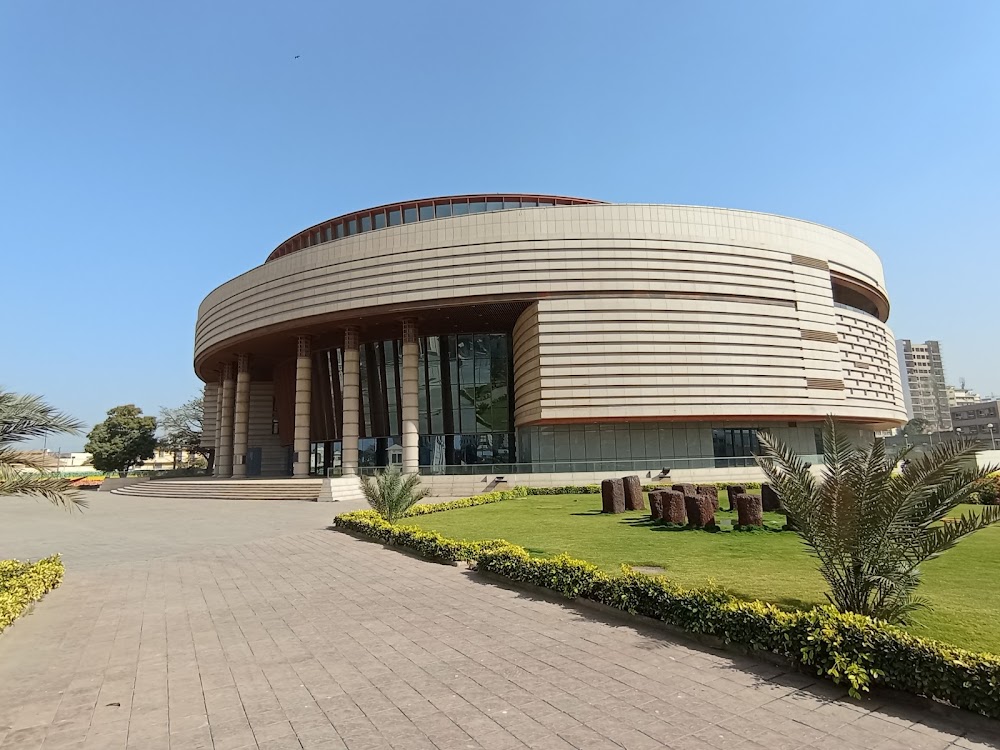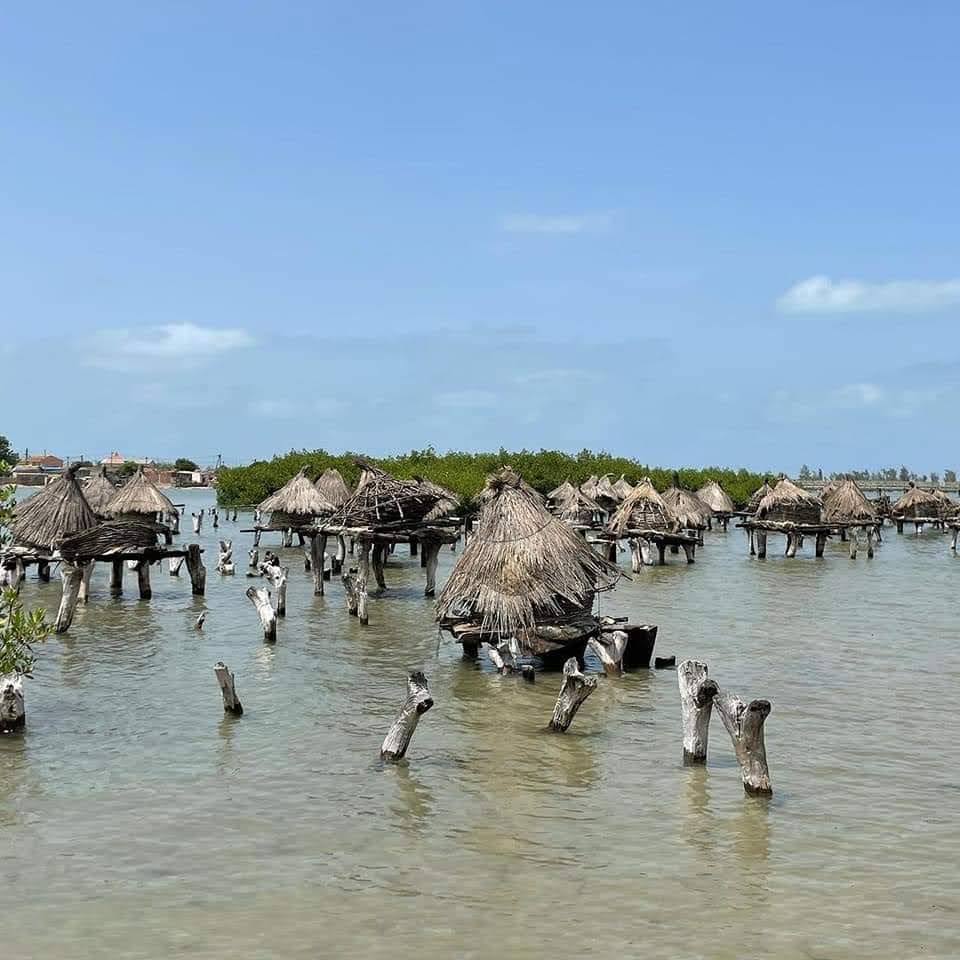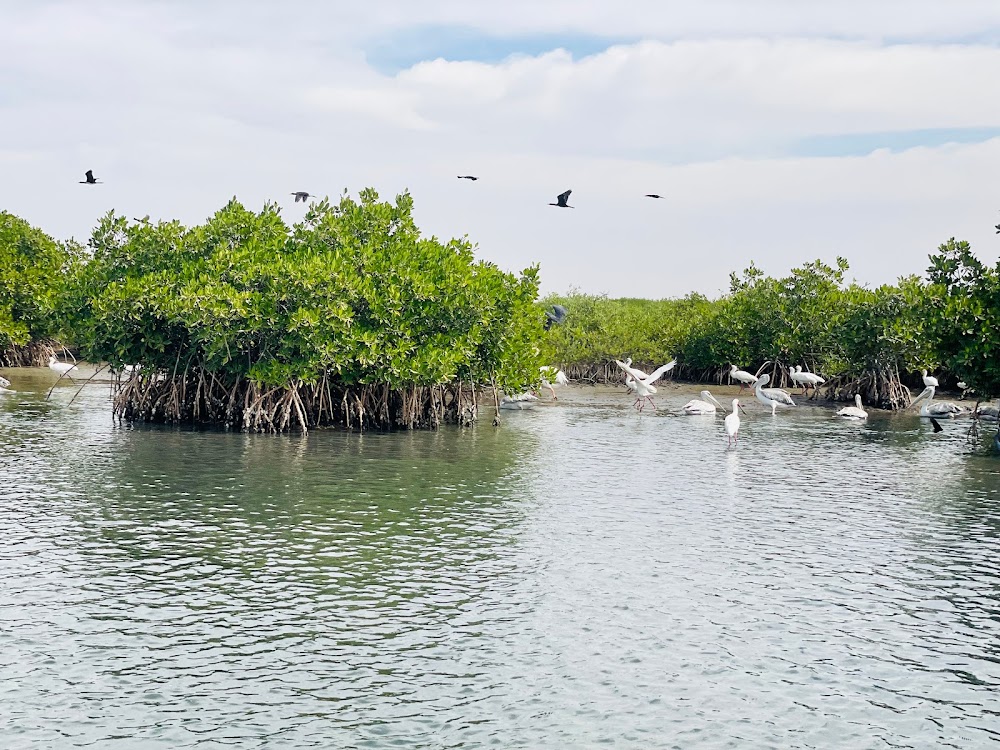Museum of Black Civilizations (Musée des Civilisations Noires)
Overview
The Museum of Black Civilisations in Fatick, Senegal, is a vibrant tribute to African heritage, celebrating the rich and diverse cultures of the African diaspora. Officially inaugurated on December 6, 2018, by President Macky Sall, this monumental institution embodies decades of aspiration and effort to create a space that honors the vast contributions of African civilizations to human history.
The journey to establish this museum began in 1966, when Senegal's first President, Léopold Sédar Senghor, proposed the idea during the World Festival of Negro Arts in Dakar. His vision highlighted the crucial need to recognize and preserve African arts, cultures, and histories. However, it wasn't until the dawn of the 21st century that this dream began to take shape, largely due to unwavering support from the Senegalese government and significant international funding, notably from China, which contributed approximately $34 million to the project.
Architecturally, the museum is a marvel, drawing inspiration from traditional African designs. Spanning over 14,000 square meters, the building's circular structure mirrors the layout of traditional African village settlements, symbolizing unity and continuity. By blending contemporary and traditional elements, the museum’s architecture beautifully represents the timeless and evolving nature of African civilizations.
Inside, the museum is thoughtfully organized into several sections, each dedicated to different facets of African culture and history. The main galleries showcase a rich array of artifacts, ranging from ancient to modern times, including traditional art, sculptures, textiles, and contemporary pieces. These exhibits narrate the stories of influential African kingdoms such as Mali, Ghana, and Songhai, emphasizing their remarkable achievements in science, mathematics, astronomy, and the arts.
One of the standout exhibits focuses on the African influence in the Americas and the Caribbean. This section examines the transatlantic slave trade and highlights the resilience and cultural retention of African descendants in these regions. Through music, dance, culinary traditions, and religious practices, this exhibit powerfully illustrates the enduring impact of African culture across continents.
Another significant aspect of the museum is its emphasis on African innovation and contributions to global knowledge. Exhibits highlight traditional African medicine, agricultural practices, and technological advancements. The museum also provides prominent display spaces for contemporary African artists and creators, fostering a dynamic dialogue between the past and present.
Additionally, the museum functions as a research center, featuring a library and archives that house extensive collections of documents, books, and audiovisual materials related to African history and cultures. Scholars from around the globe come to engage with these invaluable resources, making the museum a hub of academic and cultural exchange.
In its commitment to community and education, the Museum of Black Civilisations hosts a variety of workshops, seminars, and cultural events. These initiatives aim to educate the public and promote a deeper understanding of African heritage. School programs and guided tours are designed to ensure that younger generations learn about and appreciate their identity and history.
In conclusion, the Museum of Black Civilisations in Fatick serves as a vital component of the cultural and intellectual landscape, not only for Senegal but for the entire world. It stands as a powerful testament to the enduring spirit and contributions of African people throughout history and into the future.






